7 vegetables you should plant in August for a bountiful fall harvest
These vegetables are perfect for August planting
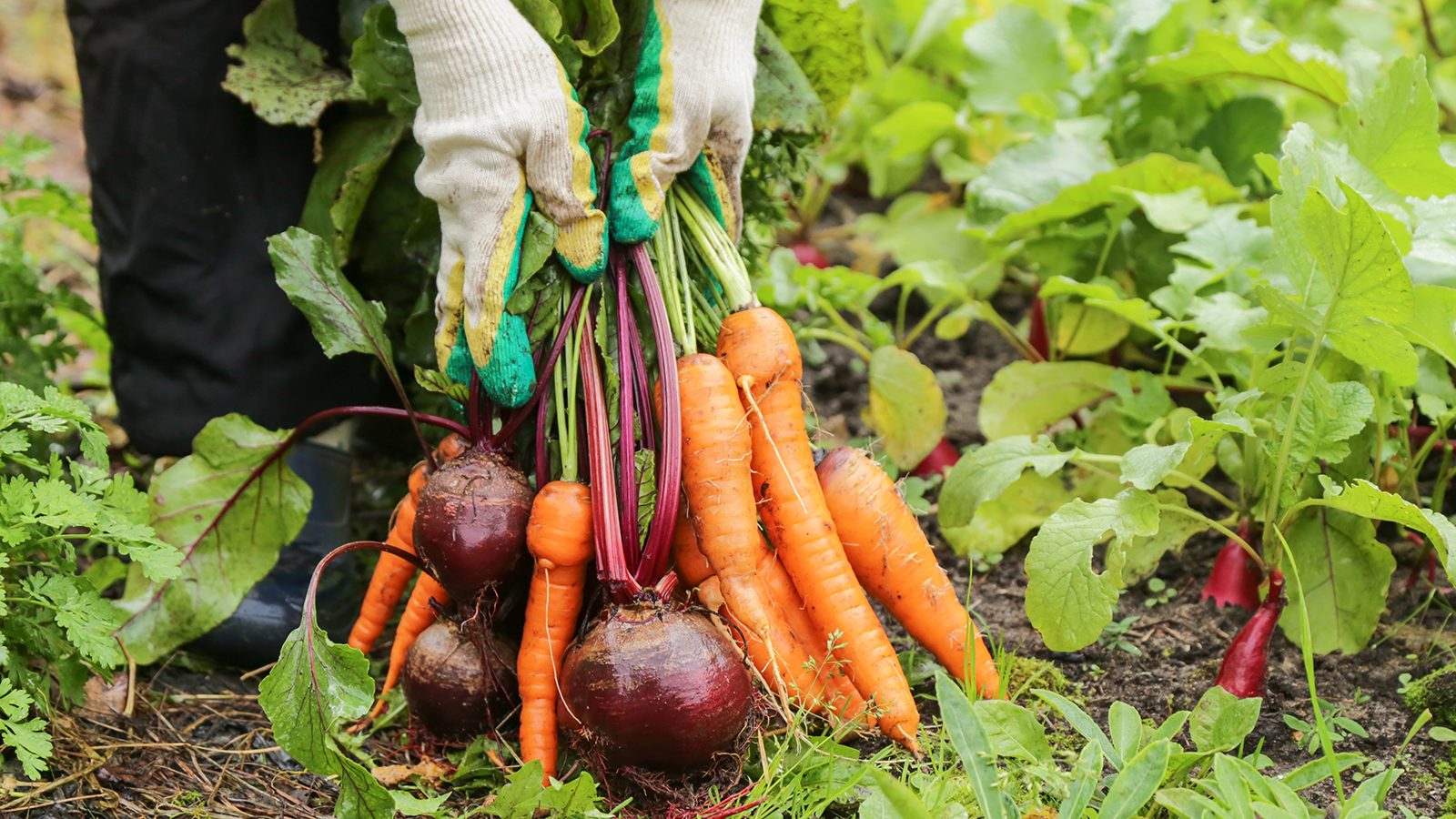
By August, most gardeners have been enjoying the fruits of their labors for a few weeks — sometimes literally, depending on what they planted in the spring.
The summer is rich with vibrant flowers and ripe produce, which can make it tempting to sit back, relax, and bask in the glory of the garden.
But strategic gardeners will know that August is not just the culmination of the summer growing season; it’s also the beginning of fall’s bounty. As early summer plants begin to fade and finish their flowering, it’s the perfect opportunity to start seeding for new growth.
Planting seeds now will result in growth between September and November, depending on the maturing period of each species.
Here are seven different plants that you should consider planting this month:
Make the most of August planting

August planting is mostly focused on hearty greens and other vegetables that will add color and nutrition to your fall dining table. Just as spring was the time for pretty blooms, fall is a great period for produce.
You may already have some plants in the garden that will flower again before the end of the season, so that can provide your color. Otherwise, it’s best to direct your energy towards crops that will handle cooler temperatures and reward you with a delicious harvest.
Get instant access to breaking news, the hottest reviews, great deals and helpful tips.
Many regions are now experiencing milder weather through the autumn, which makes it possible for various vegetables to thrive over a longer period.
As a general rule, Northern areas will want to get planting in the earlier half of the month so that they can be confident of beating the first frosts; Southern areas have more flexibility throughout the month to get their seeds in the ground.
1. Kale
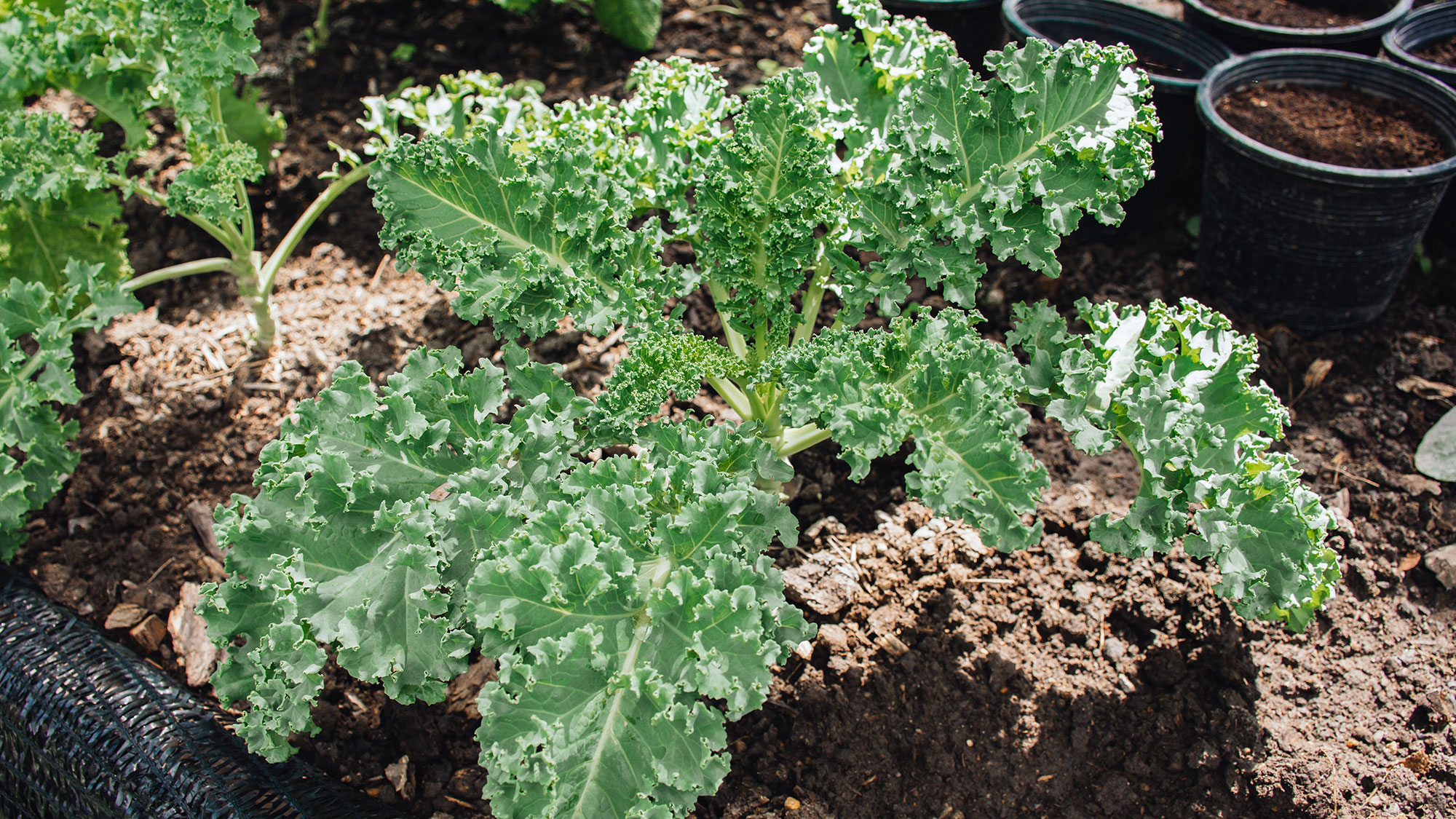
Growing zones: 3 - 9
You might have already grown a healthy crop of kale this year, since this leafy green is well-suited to spring planting and can handle the risk of a late spring frost.
It’s that exact hardiness that makes kale equally suited to summer planting and fall maturing. By planting kale in August, gardeners can set themselves up for a healthy harvest throughout the mid-fall and even into the winter, depending on how they stagger planting.
Kale can be enjoyed when it’s still quite young – that’s the baby kale you see in the grocery store – but also when fully grown, which makes it a very versatile addition to the vegetable patch.
If growing in a less temperate region, you can use ground covers to protect the young shoots from any cold snaps, but kale generally doesn’t mind those conditions.
How to plant
Sow seeds directly into the soil outdoors. For best results, plant kale 1/4 inch deep and three inches apart in even rows, keeping the soil moist for the sweetest, crunchiest leaves.
Fertilizer can be applied for healthy growt,h and placing mulch around the base of the plants can create a protective layer between the soil and the leaves; this reduces the chance of leaf rot.
2. Cucumber
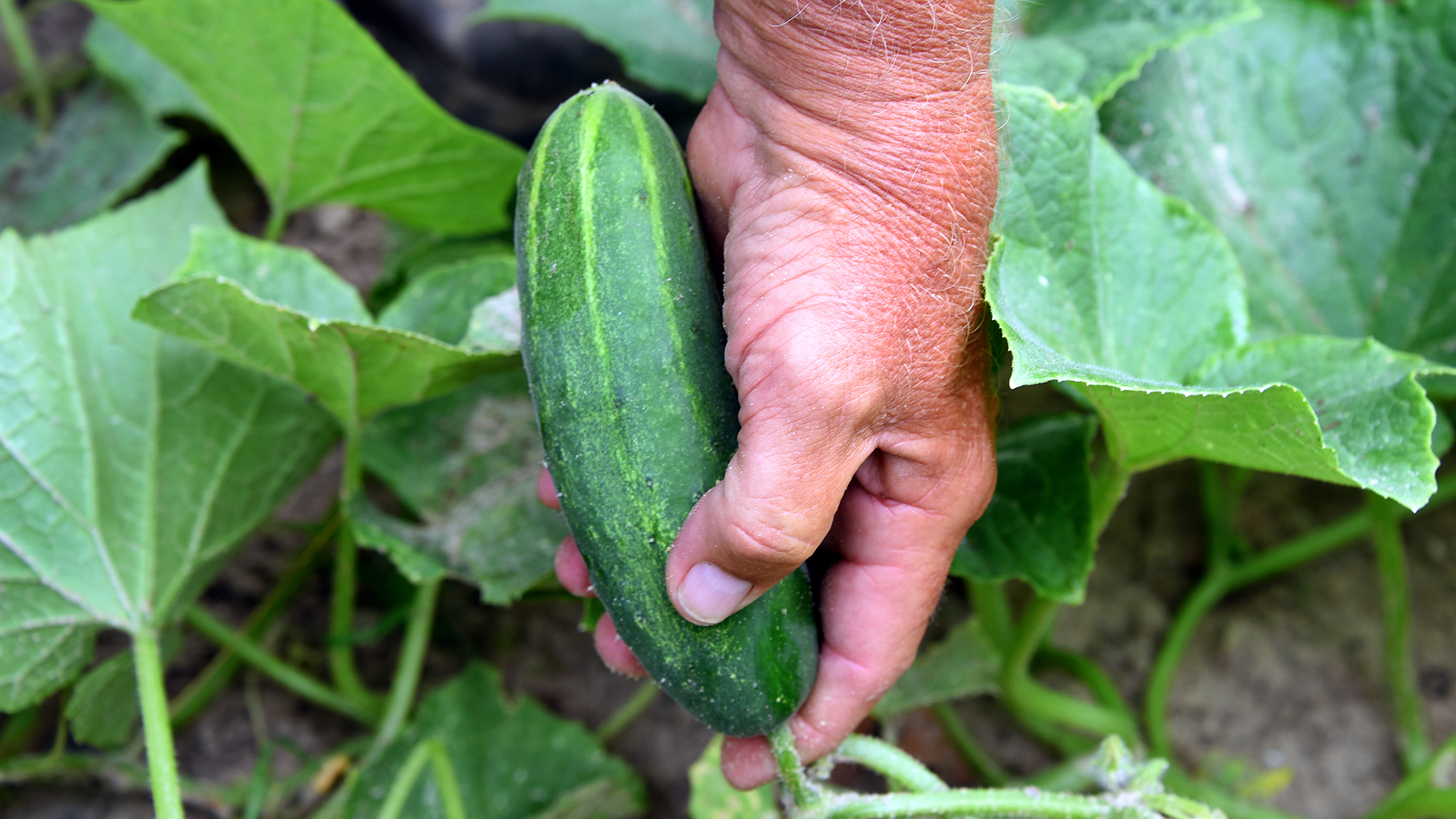
Growing zones: 3 - 9
Cucumbers are a summer staple, so it might be surprising to see them on an August planting list – but trust me on this. This vegetable loves hot weather and sunny days, which means that August’s climate is the perfect growing environment for young cucumbers.
In fact, it may even be a better time to grow them than mid-spring, as you don’t need to worry about a late spring frost killing off the young seedlings; they’ll be fully grown by the time fall’s frosts come around.
Cucumbers are a summer staple, so it might be surprising to see them on an August planting list – but trust me on this
Cucumbers sprout quickly and benefit from quick harvesting, meaning that the sooner you pick the vegetables from the plant, the more they’ll produce.
If you plant in the first half of August, you should be greeted by fully grown cucumbers by late September.
How to plant
To grow, sow the seeds 1/2 inch deep and 6 inches apart in an area with full sun. Thin to one plant every foot once several leaves have sprouted. Soil should be well-draining, but be sure to water regularly to ensure even growth.
A cage or trellis can be useful to provide support and also maximize volume, as it reduces the production of leaves and directs that towards fruiting.
3. Lettuce
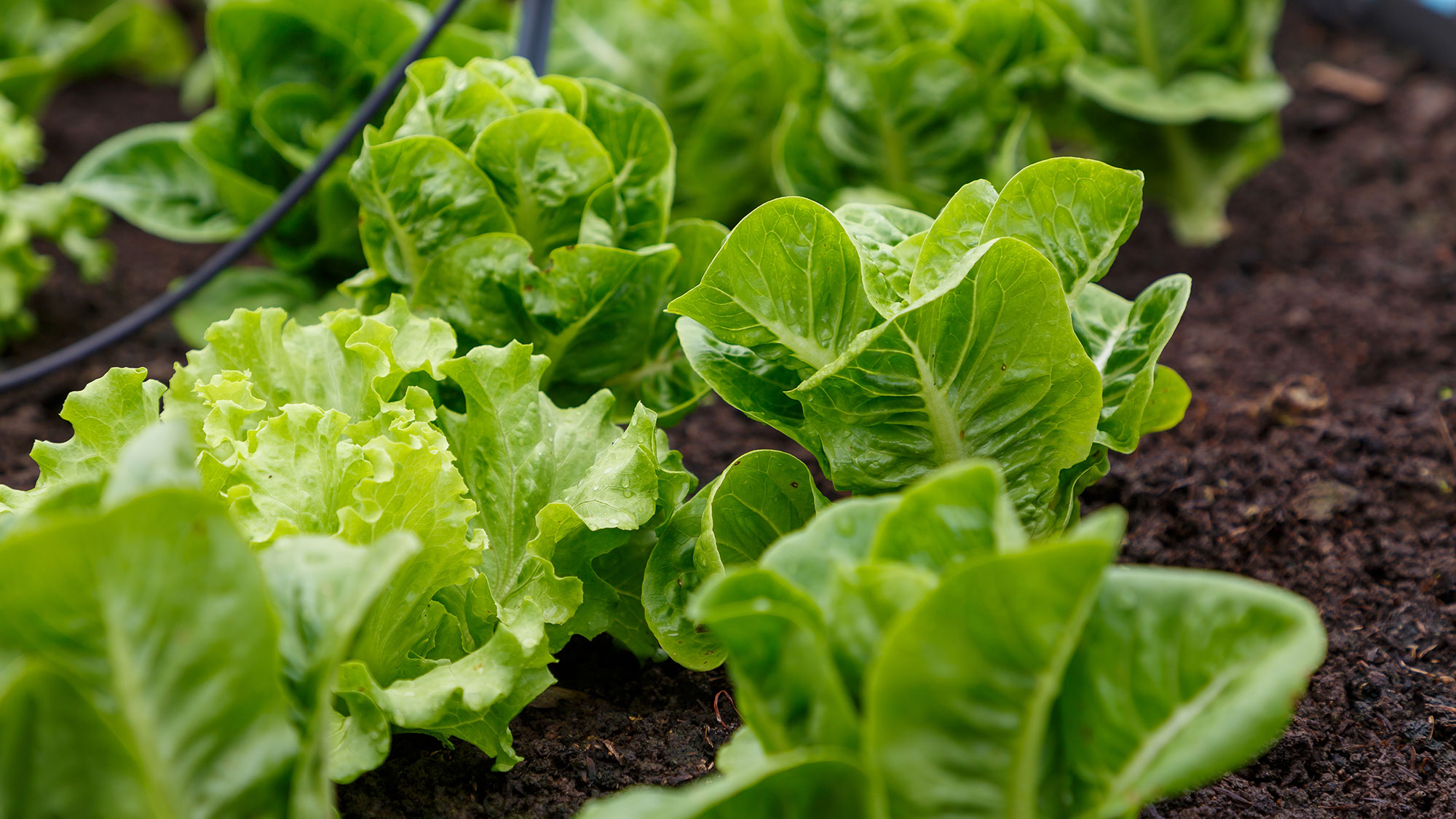
Growing zones: 3 - 8
Not only is lettuce a cold-hardy vegetable, but it also has a very quick maturing timeline of just four to five weeks. This means that you can comfortably sow lettuce seeds in late August and still enjoy a healthy crop of greens in late September and early October.
If you live in a region that can experience frost during this period, don’t worry – lettuce is frost-tolerant and actually prefers cooler temps, so it’s recommended to wait until later in the month to plant. There are several varieties of lettuce, so be sure to space seeds accordingly; leaf lettuce can be grown closer together than firm-headed types.
You may also want to plant lettuce next to a taller species that can provide it useful shade during the hottest parts of the day.
These garden gloves are made of nylon and nitrile and come in three sizes — small, medium and large. They offer excellent non-slip properties, are comfortable around the wrist, breathable and machine washable. At Tom's Guide, we recommend them as the best overall gardening glove.
How to plant
For best growth, plant seeds just 1/2 inch deep in rows. You may want to plant garlic or chives in between your lettuce plants, to reduce the presence of aphids and other pests.
Don’t overwater; wait until leaves are beginning to wilt until you rehydrate. Weeding should be done gently by hand as lettuces have shallow roots and be sure to pick early before the leaves become bitter.
4. Spinach
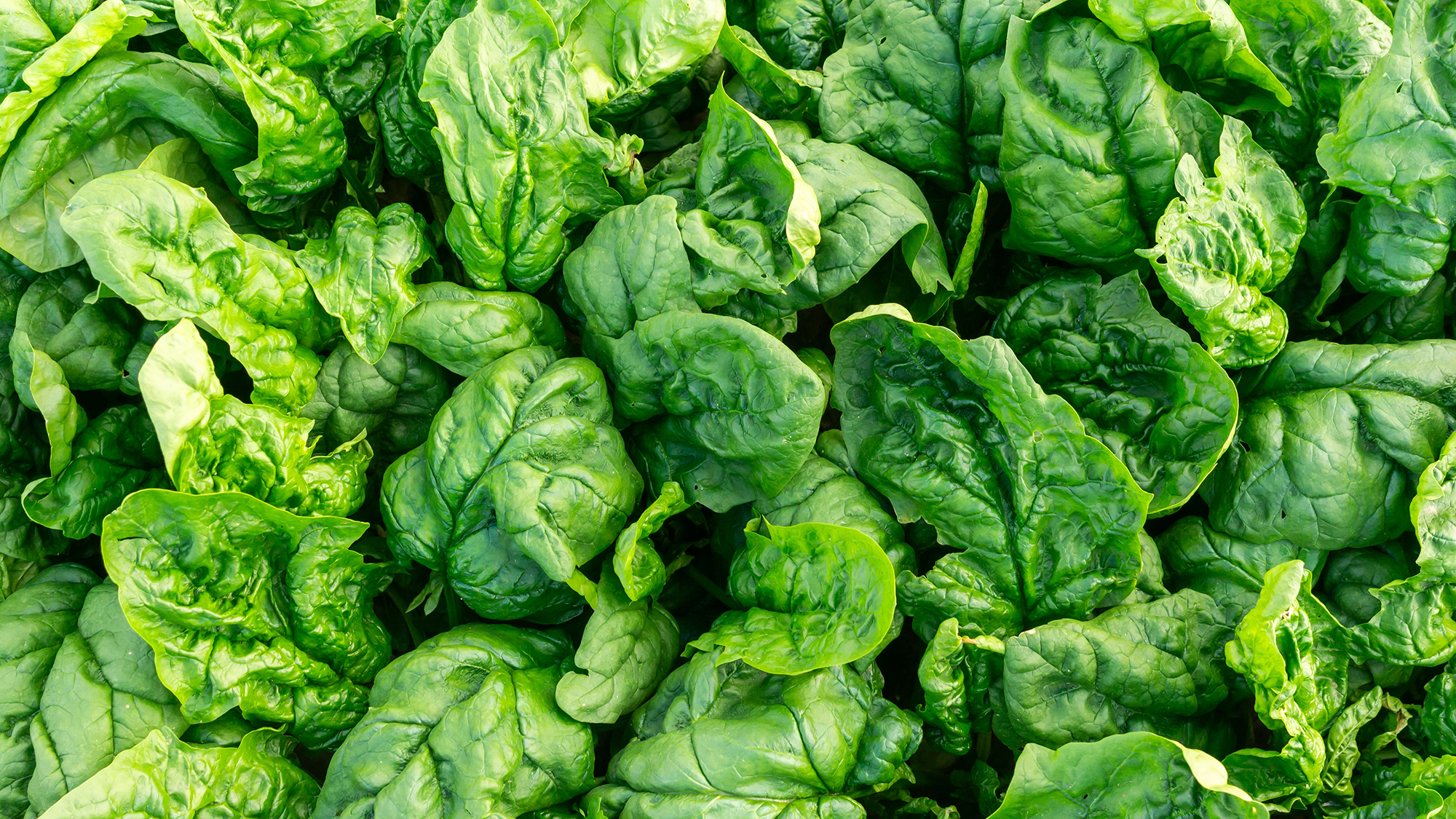
Growing zones: 3 - 8
Spinach is another great salad leaf to plant in August, especially if you live in a cooler climate, as it is cold-tolerant and prefers to grow in soil that is not too hot.
As a general guide, plant spinach approximately two months before the first frost date. Spinach will grow quickly, so pick the outer leaves as soon as they reach sufficient size for eating – this really depends on the gardener’s taste.
This is also a great species to plant in containers, since it doesn’t need a lot of space for roots and will grow in a fairly compact shape.
One pro tip: If you live in a cold climate, cover the crop with hay at the end of the autumn harvest and you may get a second harvest in early spring.
How to plant
Sow spinach seeds directly into the soil, ideally in full sun, but partial shade is also okay. Space them out to ensure sufficient air circulation and consider employing covers or other protection against pests; spinach is a favorite of many garden animals, from rabbits to insects.
The plants should be watered regularly and the soil kept moist, but fertilizer likely won’t be necessary since the species is so vigorous.
5. Radish
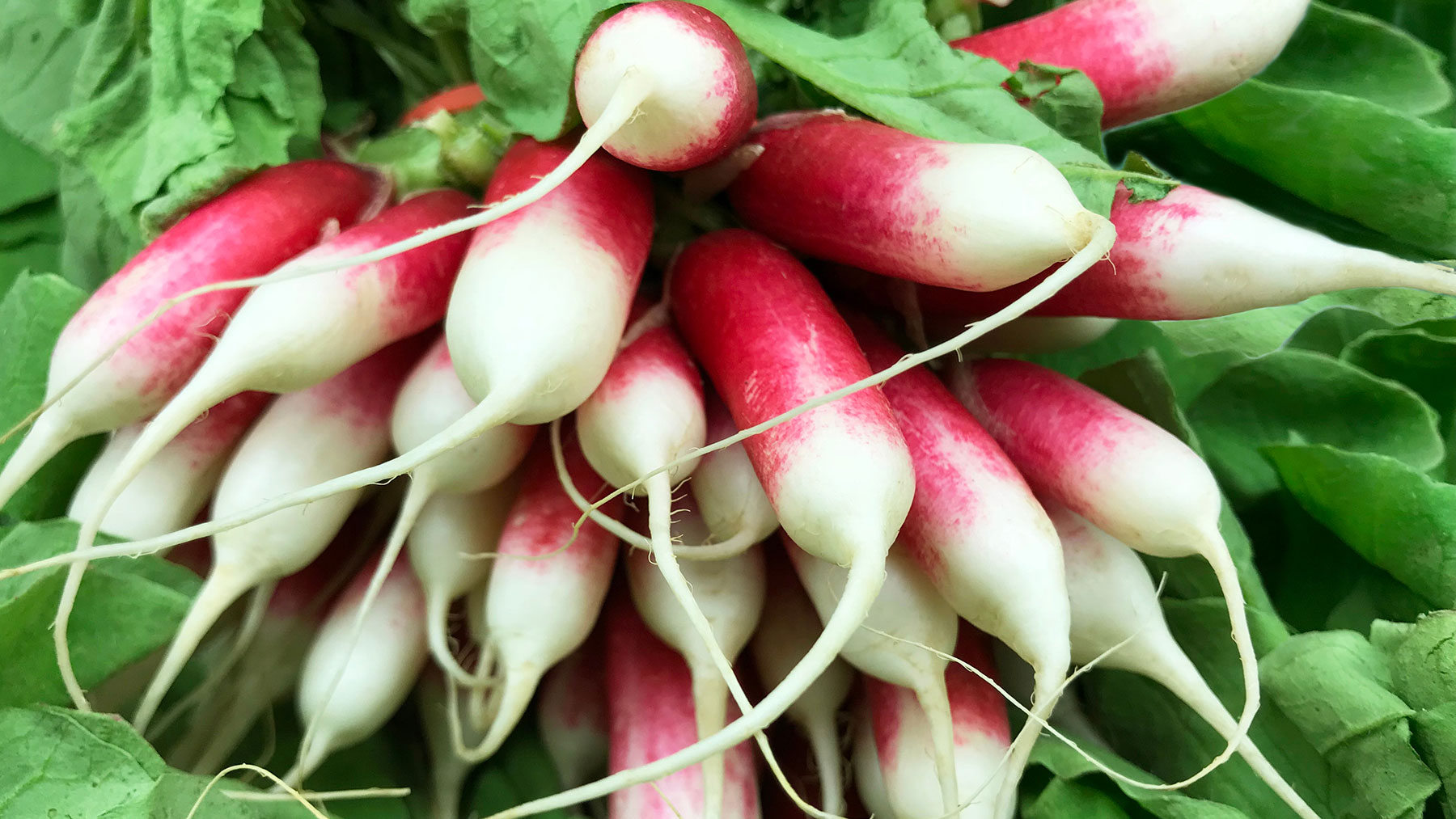
Growing zones: 3 - 9
For another quick-growing plant that you can harvest in a matter of weeks, radishes are a great option. When growing conditions are suitable, this vegetable can reach full maturity in as little as 21 days; some areas might need to wait slightly longer for the best harvest, but this should still occur by day 30.
That means even cold regions should have no problem planting radishes in August – or even later. Radishes are versatile and a great way to add a bit of color to your autumn harvest, but you will need to do a bit of prep work first.
Since the vegetables grow underground, till the soil at least 8 inches deep before planting to ensure that it is free of debris that might hinder growth. You might also want to apply a layer of compost in advance; the maturing period is too short to apply later on.
How to plant
Radishes should be sown directly into the soil, approximately 1/2 inch deep and 3 inches apart in furrows. Plant at two-week increments to extend the harvest season and only loosely cover with soil.
If the weather is too warm, watering and mulch can help to temper the effects. If you are also growing cucumbers or peppers, plant together so that the radishes can draw the aphids away from the other vegetables.
6. Broccoli

Growing zones: 2 - 11
On the other end of the growing spectrum is broccoli, which can take anywhere from 70 to 95 days to reach full maturity. However, since broccoli is suited to cool weather, this means that August is still a great time to get planting.
This is a vegetable that benefits from a lot of sun but also lower temperatures, as this results in the most crisp and well-developed head of broccoli. The longer growing season means you can enjoy your harvest when many other species have finished producing, extending the overall life of your vegetable patch.
Since hotter temperatures can be detrimental to early growth, it is best practice to grow seeds indoors before transplanting to the garden after four to six weeks. Aim to begin sowing between six and eight weeks before the first expected frost date.
Once you’ve harvested the main head of broccoli, look out for smaller growth off the main stem that can also be picked and eaten.
This is a vegetable that benefits from a lot of sun but also lower temperatures, as this results in the most crisp and well-developed head of broccoli.
How to plant
Broccoli grows deep into the ground and prefers a rich, fertile soil so, when ready to transplant, place the seedlings into holes just deeper than their container depth.
Individual plants should be spaced 12-20 inches apart, with rows no closer than 2 feet – otherwise you risk growing smaller heads of broccoli. Make sure to fertilize at this stage and also four weeks later for best results.
7. Turnips
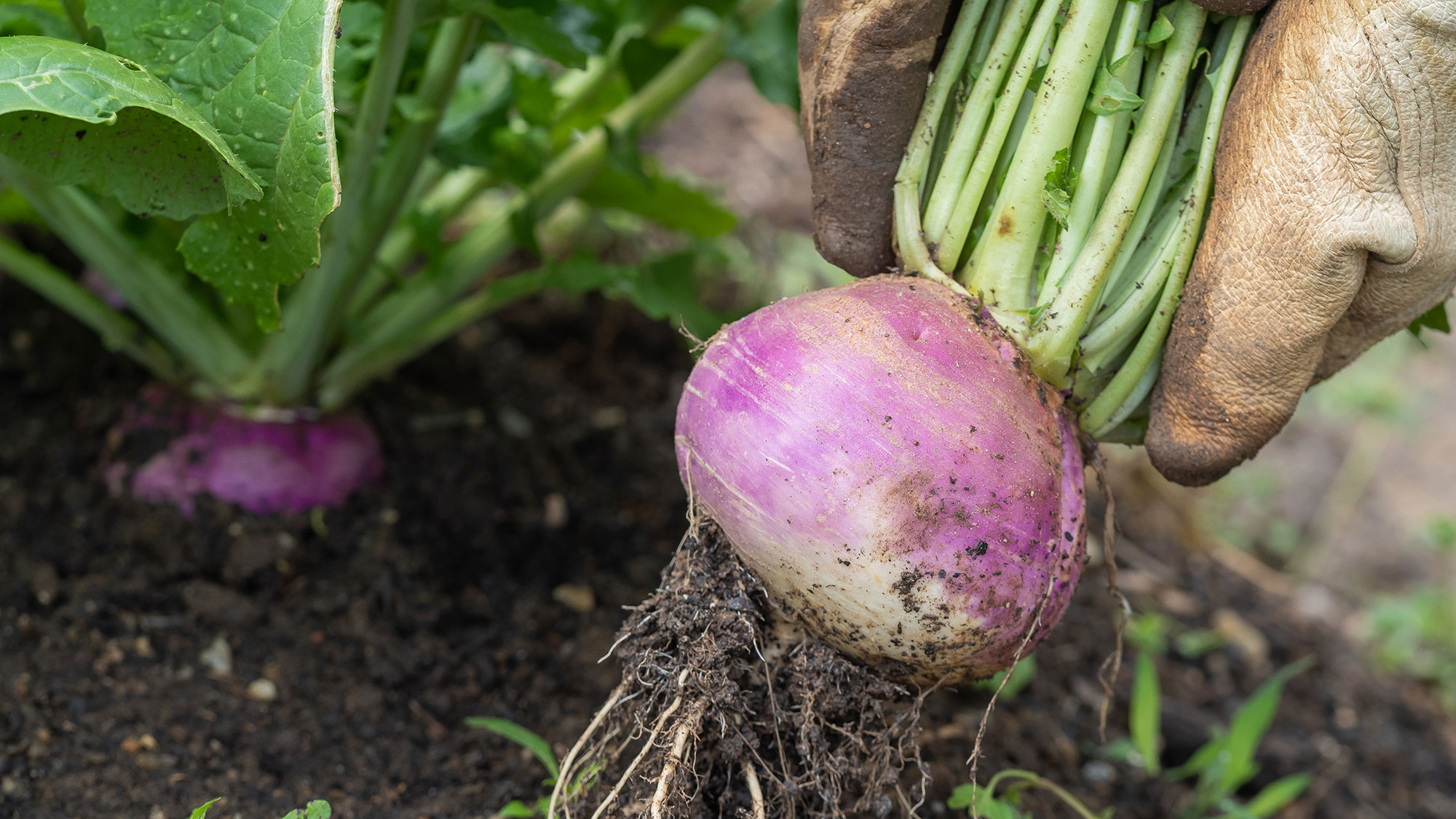
Growing zones: 2 - 11
Turnips are an underrated choice for the vegetable garden, offering quick results in cooler weather. While you absolutely can grow them in the spring, it is usually recommended to plant turnips in late summer for a fall harvest.
These turnips will be sweeter and more tender, as well as better protected from pests which die off during the autumn.
Plant turnips directly into the soil and they should germinate within a matter of days. Within a month the greens can be harvested, while the roots reach full maturity within two months. Gardeners can also use their own discretion on when to harvest, since they can be enjoyed at a range of sizes.
If you want to prolong your harvest, consider staggering your seed sowing; you can plant in early autumn for a late-season harvest with no real issue.
How to plant
Sow the seeds in fertilized soil, spaced an inch apart at a depth of 1/4 - 1/2 inch. Rows that are 12-18 inches apart will ensure sufficient space for deep growth.
Turnips prefer consistent watering and full sun, so be sure to keep soil moist. Take care when weeding to avoid damage to young roots; mulching can help to suppress weed growth and retain moisture.
You might also be interested in the Farmers' Almanac weather predictions for fall 2025 and what you need to do in your yard to protect your plants. Plus, how to tell if your vegetables are ready to harvest — garden pros share the top signs.
More from Tom's Guide

Despite making her home in urban metropolises, Madeleine Streets has been nurturing a green thumb for decades.
Raised by a garden designer, she is putting that childhood education to use by helping others learn how to make their garden bloom, while filling her own New York home with cat-friendly plants.
When not writing about gardening and the outdoors, Madeleine loves to cook, study wine and borrow books from her local library.
You must confirm your public display name before commenting
Please logout and then login again, you will then be prompted to enter your display name.

